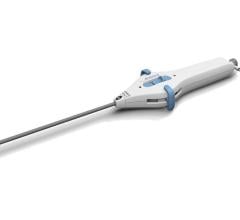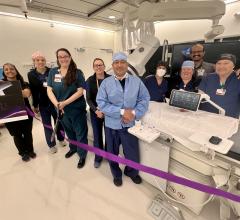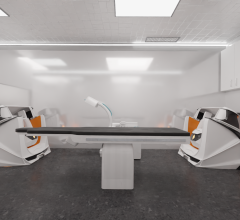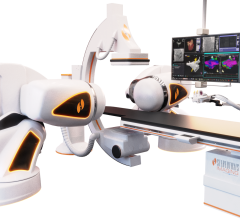
December 8, 2009 – The U.S. Food and Drug Administration (FDA) gave 510(k) clearance last week for Spectranetics’ new VisiSheath Dilator Sheath for pacing and defibrillator lead removal. The sheath can be used alone or as an enhanced outer support sheath in conjunction with compatible inner sheaths such as Spectranetics’ Laser Sheath (SLS II).
The Heart Rhythm Society Expert Consensus on Facilities, Training, Indications and Patient Management issued earlier this year recommends lead removal several complications. The VisiSheath Dilator Sheath is an enhanced tool to help physicians free cardiac leads from binding scar tissue. The device employs unique gold-coated steel marker bands to provide physicians with more than 200 percent better fluoroscopic visibility of the device tip than standard Teflon or polypropylene sheaths. It company said it uses a multilayered construction and robust tip design to deliver high performance for navigating over leads and dilating tissue.
The first human use of the VisiSheath device took place in Sweden in a laser-assisted lead removal procedure performed by Dr. Charles Kennergren, Associate Professor of Cardiothoracic Surgery at the Sahlgrenska University Hospital in Gothenburg. “VisiSheath’s fluoroscopic visibility is excellent,” said Dr. Kennegren. “I found the device especially useful in supporting the laser sheath through the subclavian vein, reducing friction from the clavicle and increasing the tactile feel when maneuvering the laser sheath. For physicians that do not use the laser sheath, I believe this device will provide a nice, high-performance alternative to existing simple plastic sheaths.”
“It is valuable for extraction sheaths to be visible on fluoroscopy and to provide for torque control,” said Bruce Wilkoff, M.D., director of cardiac pacing and tachyarrhythmia devices at Cleveland Clinic, who uses the device as an outer sheath for the SLS II laser sheath in a laser-assisted lead removal procedures. “These characteristics favor safe advancement of extraction sheaths through fibrotic tissues.”
For more information, visit www.spectranetics.com


 July 31, 2024
July 31, 2024 








